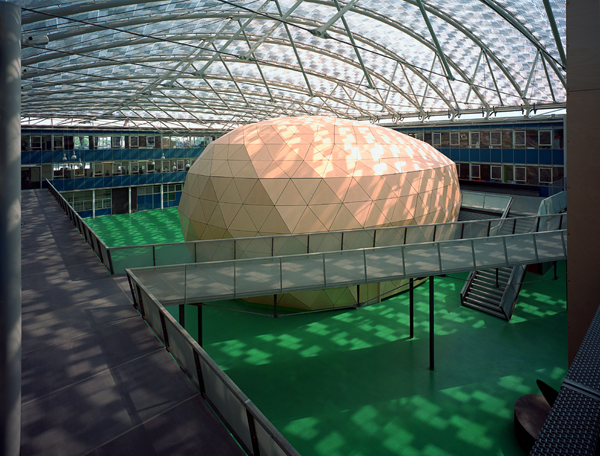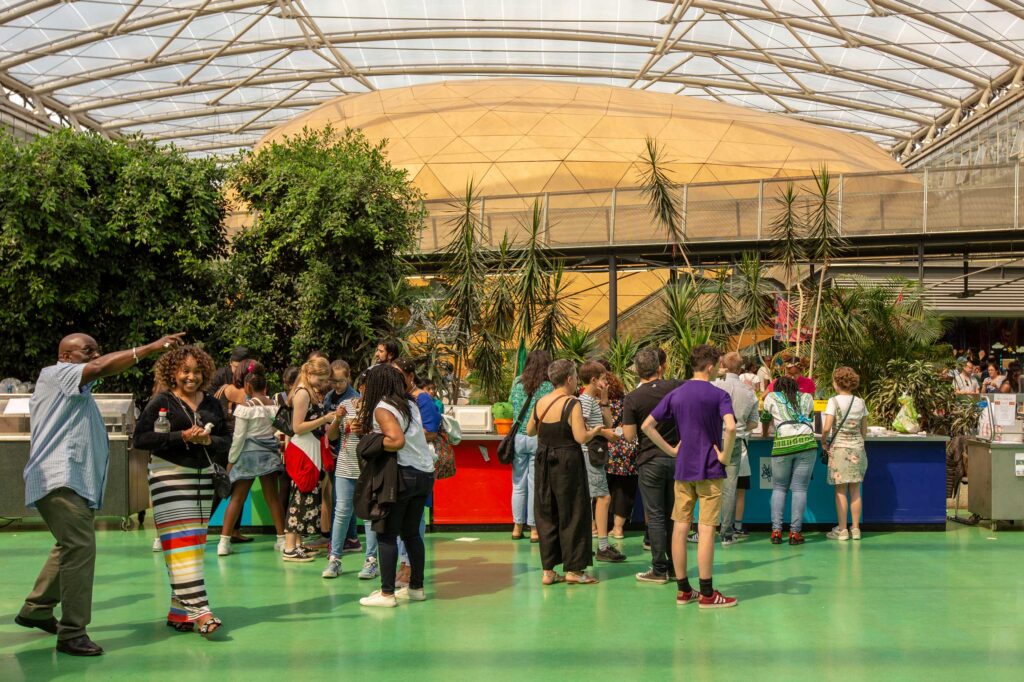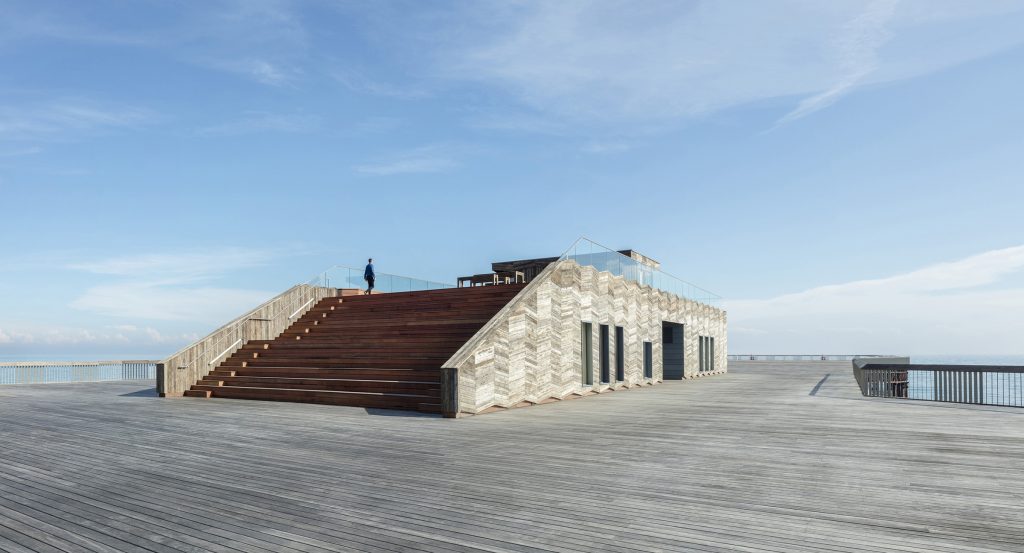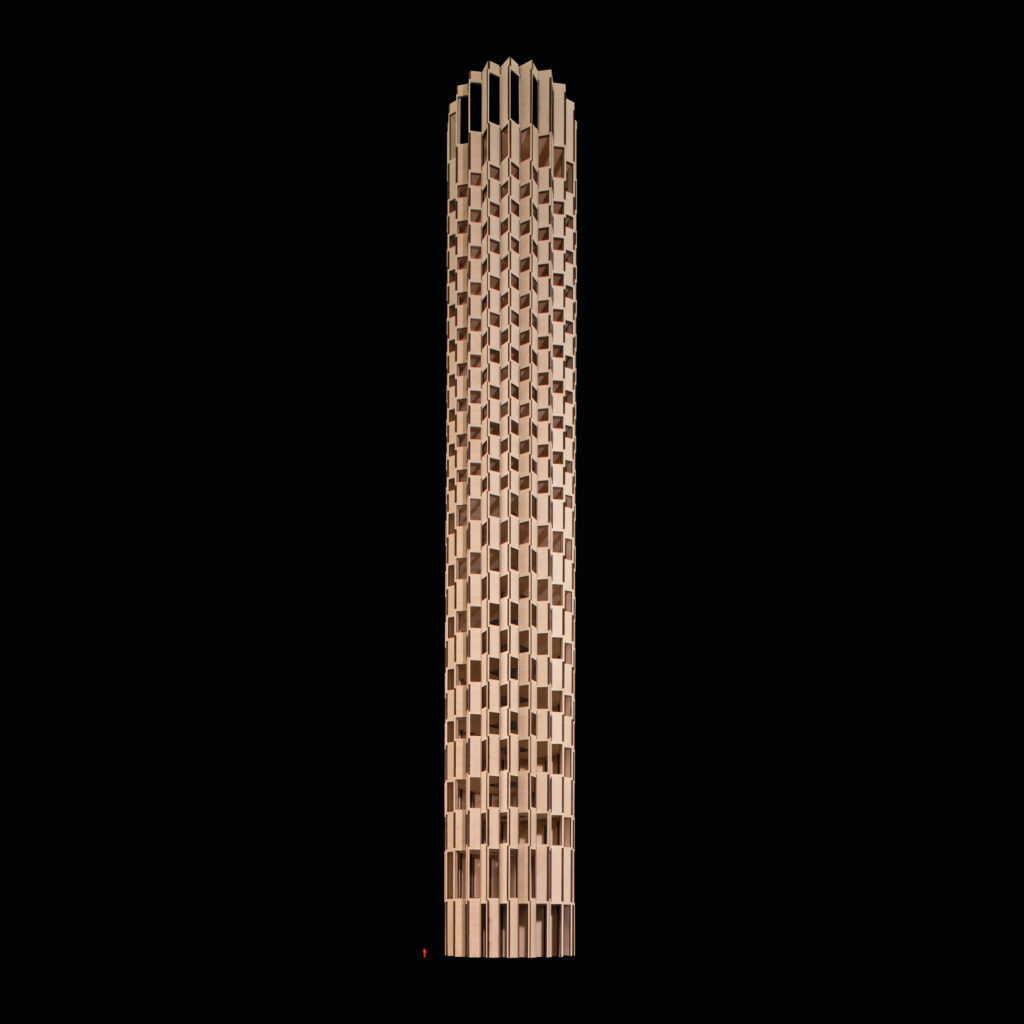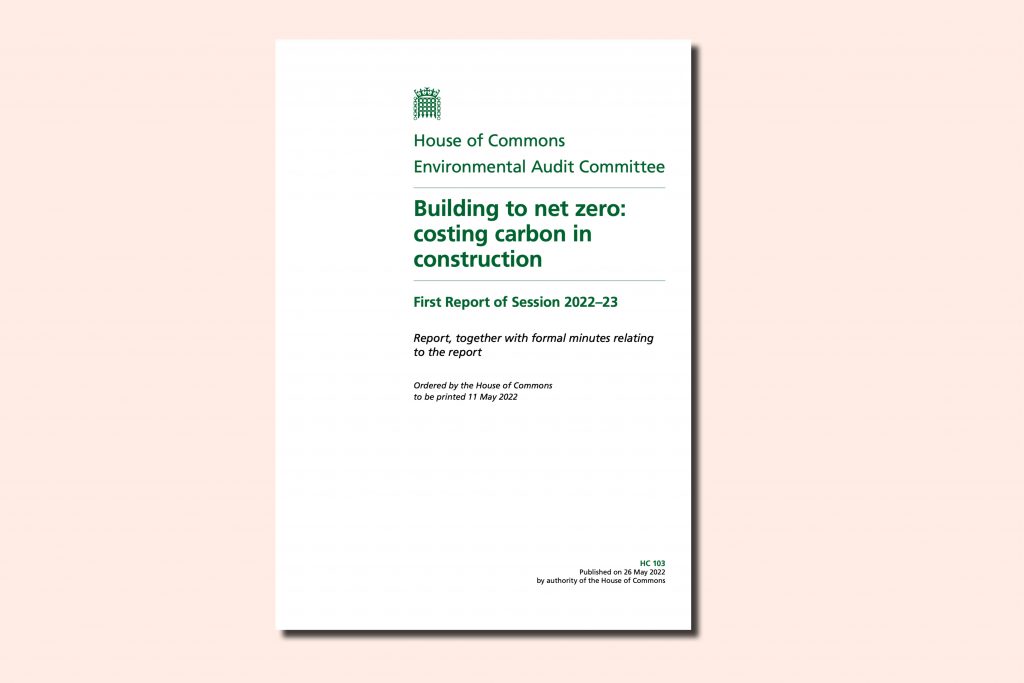But I was never interested in rigid restoration architecture. What excited me was the ability to translate the lessons of heritage buildings into contemporary architecture. If I were to put forward a definition of what retrofit should be today, it’s that: a move away from the polarisation of restoration architecture versus new build.
dRMM wholeheartedly supports the AJ’s RetroFirst campaign. As one of the 17 founding signatories to Architects Declare, we believe the campaign to be in line with helping combat our profession’s collective negative impact on the planet. But we believe it is imperative to propel the definition of retrofit forward.
One of dRMM’s first projects – Kingsdale School in Southwark (pictured above) – was a retrofit. But we never categorised it that way. Our approach was instead built on the idea of radical collaboration, both in terms of community consultation and with regard to tightening the gap between design and build. We used off-the-shelf materials and engineered timber to combat extended construction periods and excessive waste.
Together with collaborative thinking, the key to reimagining existing spaces lies in building in flexibility. Perhaps the most important aspect to adopting a ‘retrofit first’ attitude throughout the profession is to ensure new-build architecture is compliant with future adaptation. The nature of historic buildings lending themselves to retrofit is their expansive volumes and predisposition for flexibility. It’s in their focus on robust structure and priority on durability.
As construction professionals we have to ensure our cities continue to work better as systems, that their density can be maintained, that their housing needs are met, and that all this is done without further damaging the natural world. We have to begin to find a way to negotiate quality with achieving the necessary quantity.
For this reason, if projects must be new-build, they need to follow a similar pattern to their ancestors – an approach of non-determinative architecture that is built with inherent flexibility.
